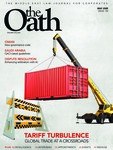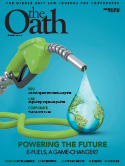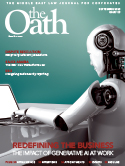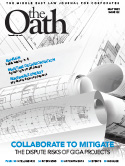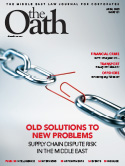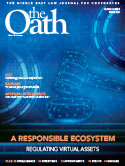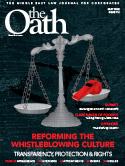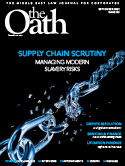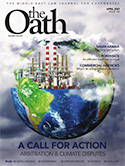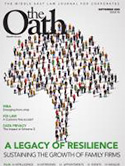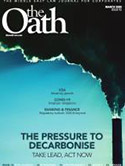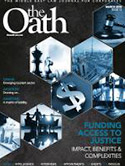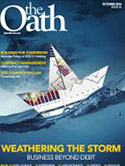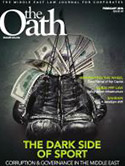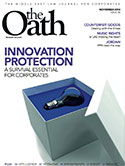New Reed Smith report on sustainability and the transportation sector
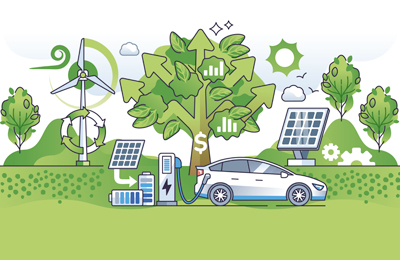
The cost of sustainable energy and inadequate supply chain infrastructure are thought to be the biggest barriers to transitioning to sustainable fuel sources – according to transportation industry professionals who took part in a survey spearheaded by law firm Reed Smith.
Perspectives and predictions were gathered from almost 50 of Reed Smith’s clients across the transportation sector, comprising companies across the globe, working in aviation, shipping, logistics, manufacturing, utilities, and environmental services.
Key findings from the survey (please note that for some questions, respondents were able to select more than one option):
- Almost half of respondents believe that it would take more than 15 years for transportation to be powered by 100% sustainable fuel sources.
- Nearly half of respondents cited dual fuel and LNG as the most likely to be used as a transitional fuel in the next 3-5 years
- Cost and regulatory restrictions are the biggest factors affecting respondents use of sustainable fuel sources.
- Over a third of respondents stated that both the cost of sustainable energy and inadequate infrastructure in the supply chain would be the biggest barriers to transitioning to sustainable fuel sources in the next 5-10 years.
- One third of respondents cited uncertainty in interpreting/ensuring compliance with new or complex regulations as their key worry in transitioning towards sustainable fuel sources.
- Over a third of respondents stated that both the cost of sustainable energy and inadequate infrastructure in the supply chain would be the biggest barriers to transitioning to sustainable fuel sources in the next 5-10 years.
- Nearly half of respondents cited biofuel and green hydrogen as the two key sustainable fuel sources they would consider having the most potential for widescale application in the transportation sector.
Thor Maalouf, a Reed Smith partner who advises on all aspects of commercial shipping and maritime law, said: “It is unsurprising that our respondents had more confidence in green biomass derived fuels rather than ‘blue’ fuels. The outlook for likely future regulatory treatment of ‘blue’ fuels, which are created artificially using electricity or other power generated from sustainable sources, is less clear than treatment for green or biomass-derived fuels which have a clearer low-carbon footprint.”
Reed Smith transportation partner Nick Austin commented on the findings that cost and regulatory restrictions are the biggest factors affecting the use of sustainable fuel sources. He explained: “It is no surprise that costs and regulatory restrictions are cited in the survey as the main factors affecting take up of sustainable fuel. This reflects our experience in maritime decarbonisation, where companies are facing new costs, such as EU ETS, and a range of other initiatives such as the IMO’s Carbon Intensity Indicator (CII) which impose both an administrative and economic burden on vessels to reduce emissions. The reality is that a fundamental change in marine fuels will inevitably require both higher cost and new regulation.”
Austin added: “Alongside cost, our respondents are right to highlight that inadequate infrastructure presents a barrier to the widespread adoption of sustainable fuel. Our clients tell us this frequently and are concerned at the lack of commitment from global governments to support the new infrastructure critical to sustainable fuel coming to market. That will require considerable investment in ports and other land-based facilities at a time of economic uncertainty in many places.”
Antonia Panayides, Reed Smith transportation partner, noted the significant transformations witnessed in the industry over the past decade, propelled by technological advancements, regulatory shifts, and environmental objectives. The impact of events like the global pandemic and geopolitical dynamics have underscored the imperative for foresight and adaptability.
Emphasising the ongoing dialogue around future fuel options, Panayides remarked, “Identifying the best solution, taking into account factors such as cost, safety, storage, and scalability, poses a significant challenge. Therefore, we decided to engage directly with our clients, who are deeply immersed in these issues, to gain insights into their forecasts, perspectives, and to understand the biggest challenges they face.”







